Is Your Child’s Posture Normal? Here’s What You Need to Know
Posture is more than just about appearance. It plays a critical role in a child’s overall development—impacting the spine, muscles, balance, and even confidence. As a parent, you may often observe how your child walks, sits, or stands—but how can you tell if their posture is truly normal?
Let’s break it down.
Understanding Good Posture in Children
Posture refers to the way the body holds itself when standing, sitting, or moving. Good posture enables proper alignment of bones, muscles, and joints, allowing the body to use energy efficiently.
Benefits of Good Posture in Growing Children:
- Proper spinal development
- Healthy bone and joint alignment
- Reduced risk of future musculoskeletal problems
- Better balance and coordination
- Improved breathing and digestion
Signs of Good Posture:
- Upright stance with relaxed, aligned shoulders
- Chin parallel to the ground; head level
- Even weight on both feet
- Straight back while sitting; knees bent at a right angle
Note: Minor postural changes can be normal during growth spurts. But persistent irregularities could signal deeper orthopedic concerns.
Common Signs of Poor Posture in Children
Some postural problems are visible, while others develop gradually. Look out for these red flags:
- Slouching while standing or sitting
- One shoulder higher than the other
- Forward head posture (common with prolonged screen use)
- Protruding abdomen due to weak core muscles
- Uneven hips or waistline
- Persistent pain in the back, neck, or legs
- Fatigue during basic activities
What Causes Postural Issues in Kids?
Several factors can affect your child’s posture:
- Poor sitting habits (slumping, leaning)
- Incorrect use of heavy school bags
- Weak core due to inactivity
- Extended screen time without breaks
- Flat feet or abnormal walking patterns
- Congenital orthopedic issues
- Neuromuscular conditions like cerebral palsy
Early identification of these causes is essential to prevent long-term problems.
When to Consult a Pediatric Orthopedic Specialist
It’s time to seek professional help if:
- Poor posture persists despite constant reminders
- You observe shoulder, hip, or spine asymmetry
- Your child complains of pain
- Shoes wear unevenly or gait looks abnormal
- Your child avoids physical activity due to discomfort
A pediatric orthopedic evaluation includes physical assessment, posture and gait analysis, and if needed, imaging (like X-rays).
Can Posture Be Corrected? Absolutely.
Most posture problems in children are manageable with early intervention.
Common Posture Correction Methods:
- Stretching and strengthening exercises
- Postural training and physical therapy
- Ergonomic adjustments at home and school
- More physical activity and outdoor play
- Reducing screen time
- Proper school bags and footwear
Consistency and early action are key to long-term posture health.
Final Thoughts
Posture issues are increasingly common in children—especially in this digital age. As a parent, your awareness is the first step toward protecting your child’s musculoskeletal health.
If you have even the slightest doubt about your child’s posture, don’t wait. Early diagnosis and treatment can prevent complications and improve quality of life.
Book a Posture Evaluation at Child OrthoCare
Concerned about your child’s posture?
Let our expert pediatric orthopedic team, led by Dr. Nargesh Agrawal, provide a thorough evaluation and customized care.
Schedule your appointment today
www.childorthocare.online/contact
Or call us directly!
Your child’s growth deserves the right support — let’s ensure it starts with the spine.






